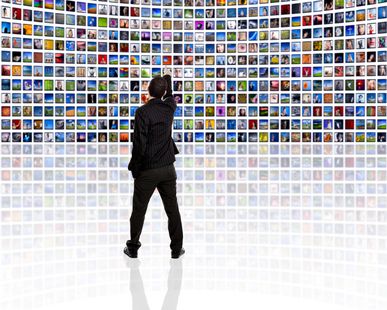 There was good news this week for the audiovisual sector with the release of a government action plan designed to position Ireland as a global hub. It’s key measure sounds reasonable enough, it’s target is somewhere more ambitious. The former will see the extension of Section 481 tax relief to keep foreign productions in Ireland. It’s a scheme that has amply served its purpose and the addition of the gaming sector is a welcome development.
There was good news this week for the audiovisual sector with the release of a government action plan designed to position Ireland as a global hub. It’s key measure sounds reasonable enough, it’s target is somewhere more ambitious. The former will see the extension of Section 481 tax relief to keep foreign productions in Ireland. It’s a scheme that has amply served its purpose and the addition of the gaming sector is a welcome development.
Other measures include a study of other countries’ funding agencies, increased capital funding for the film sector, a separate fund for TV drama, a regional production fund and closer alignment of skills taught at third level with market demands.
The issue of identifying skills gaps and working to address them at undergraduate level will ring true with the tech sector, where there are plenty of pitches and not enough talent or money to execute them.
A second point of intersection between tech and a/v is the move from physical to digital distribution. My position on this has been well documented: convenience will out. If there is a quality service that’s easy to support then people will use it over illegal alternatives. This is why Netflix and Spotify have proven so popular. Large catalogues, well-designed apps and a subscription-based revenue model provide a convenient and ethical alternative to the likes of The Pirate Bay.
I had expected an inevitable uptick in subscription service use in tandem with a decline in illegal file sharing but that trend plateaued over the past year. According to figures from the MUSO Annual Piracy Report for 2017, Irish residents made a total of 590 million visits to piracy websites, an increase of 10% on the previous year. What could be behind this figure? Here are some idle thoughts that might, just might, explain what’s going on for scripted drama.
1) Better broadband
The downside of having better ICT infrastructure. Torrents are notoriously slow to download but the advent of fibre networks with faster average speeds have removed this barrier to entry.
2) Slow turnaround
As an Apple TV user I am constantly disappointed by the speed at which content arrives. And when it does it’s likely your new release will only be available for purchase, not rent. Pick your favourite event movie from the past year and you’ll get the option to buy in HD or 4K but not to rent. Granted the €16.99 asking price is no more than the price of two cinema tickets, but I’d rather not have my hopes of a timely rental dashed at the checkout stage.
3) Stale catalogues
If there’s a reason for streaming fatigue the first place to start is the anemic film catalogue. Netflix has promised to pour €7 billion into original programming with some high-profile success in its slate of Marvel shows (Iron Fist aside) and tentpole dramas like Orange is the New Black and House of Cards. However, a trawl through the UK movie catalogue is a frustrating experience in comparison with the US alternative. The smaller selection has been attributed to market size and as an alternative to broadcasters like HBO and AMC there aren’t enough bingeworthy shows. Once I get to the end of the new series of Luke Cage I think I’ll shift over to Amazon Prime for a change of pace. But for the lack of Chromecast support I’d probably be gone already.







Subscribers 0
Fans 0
Followers 0
Followers